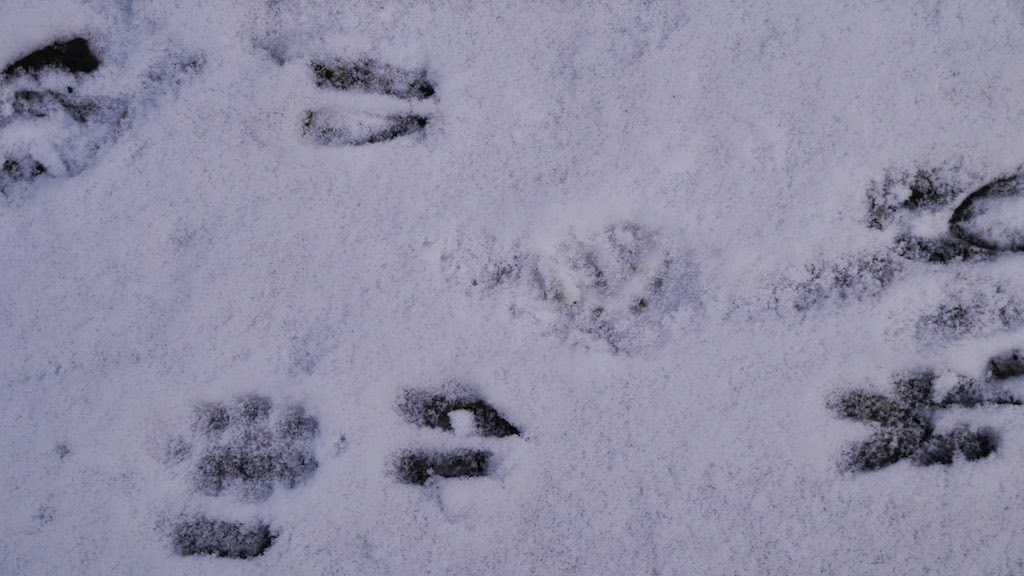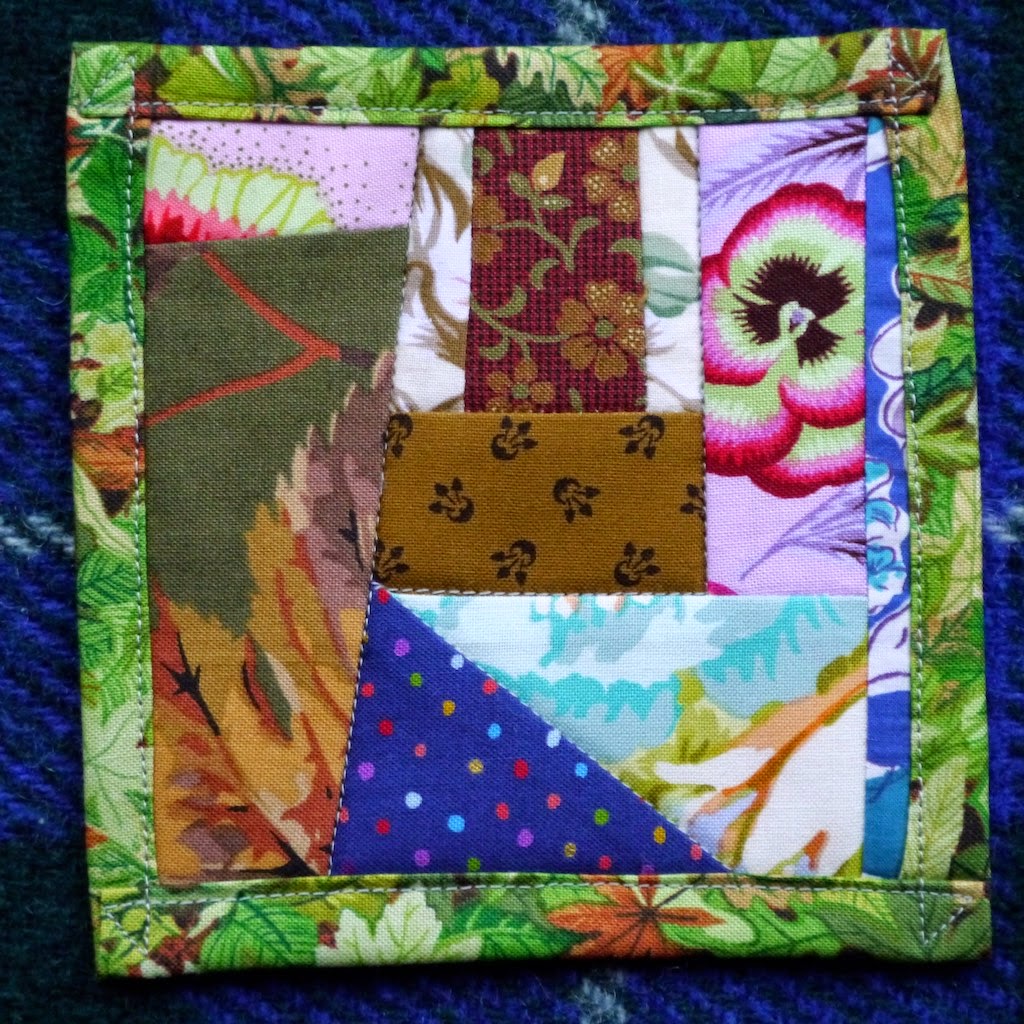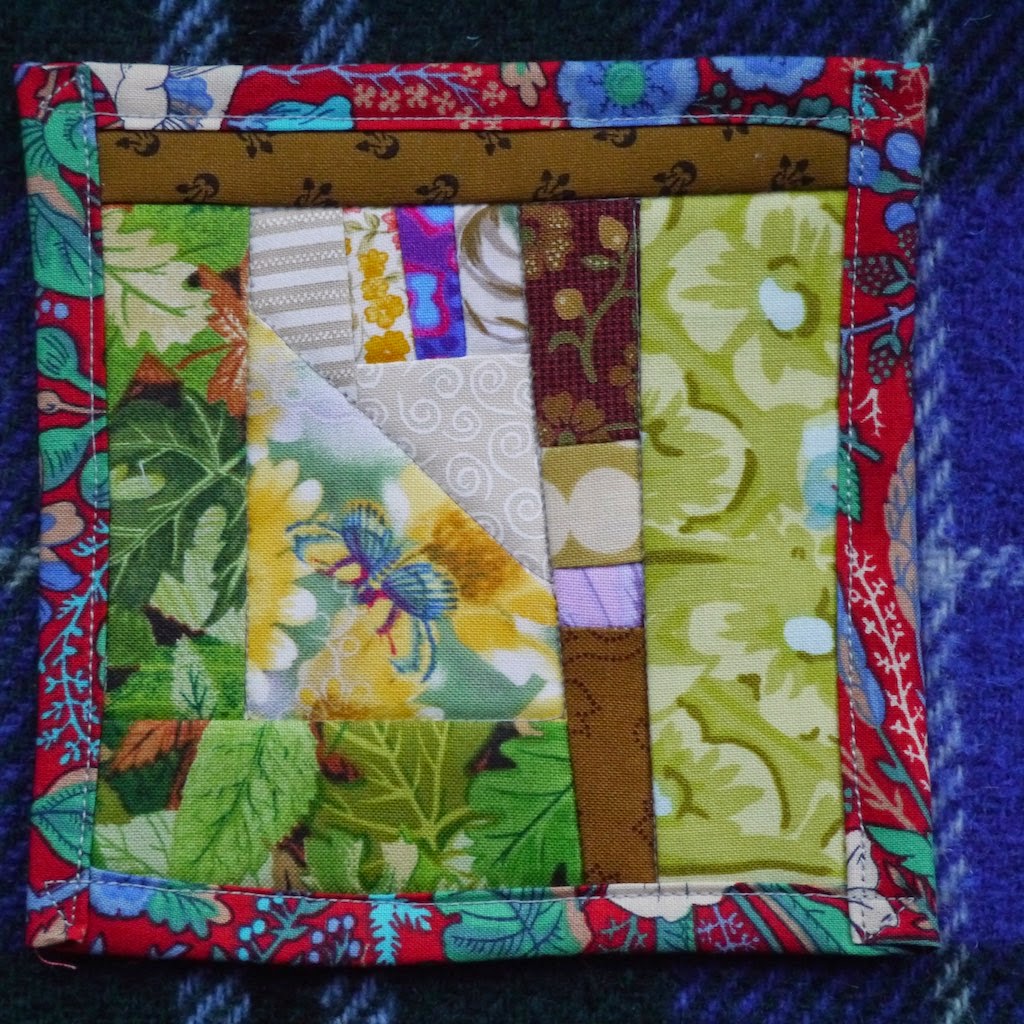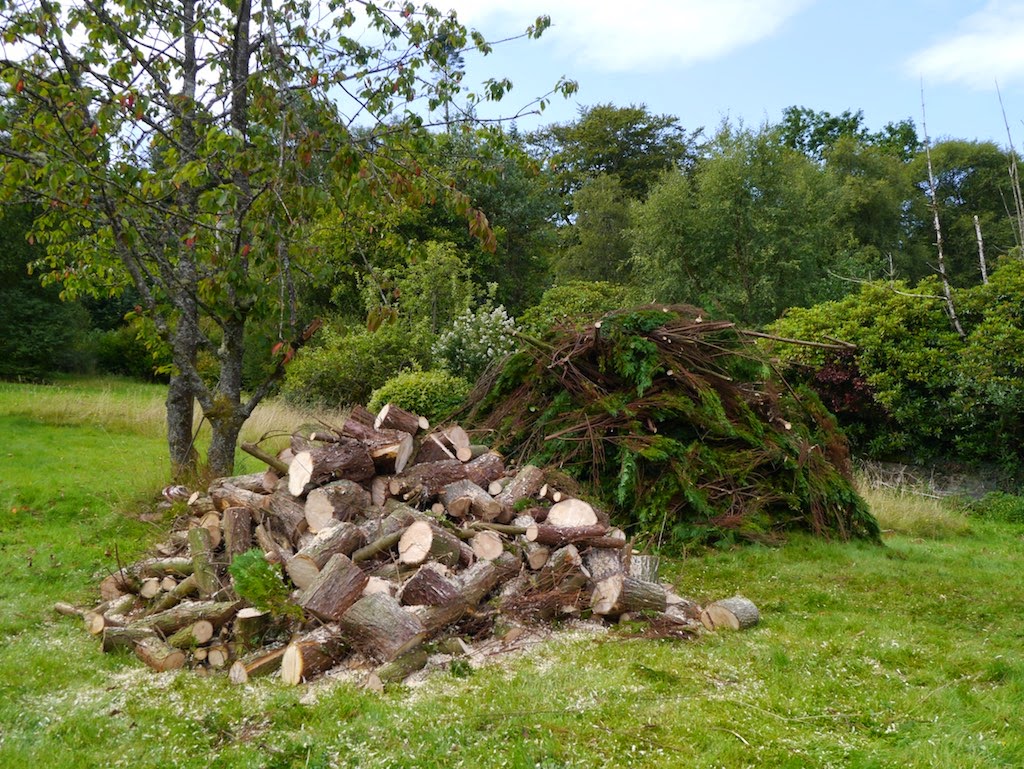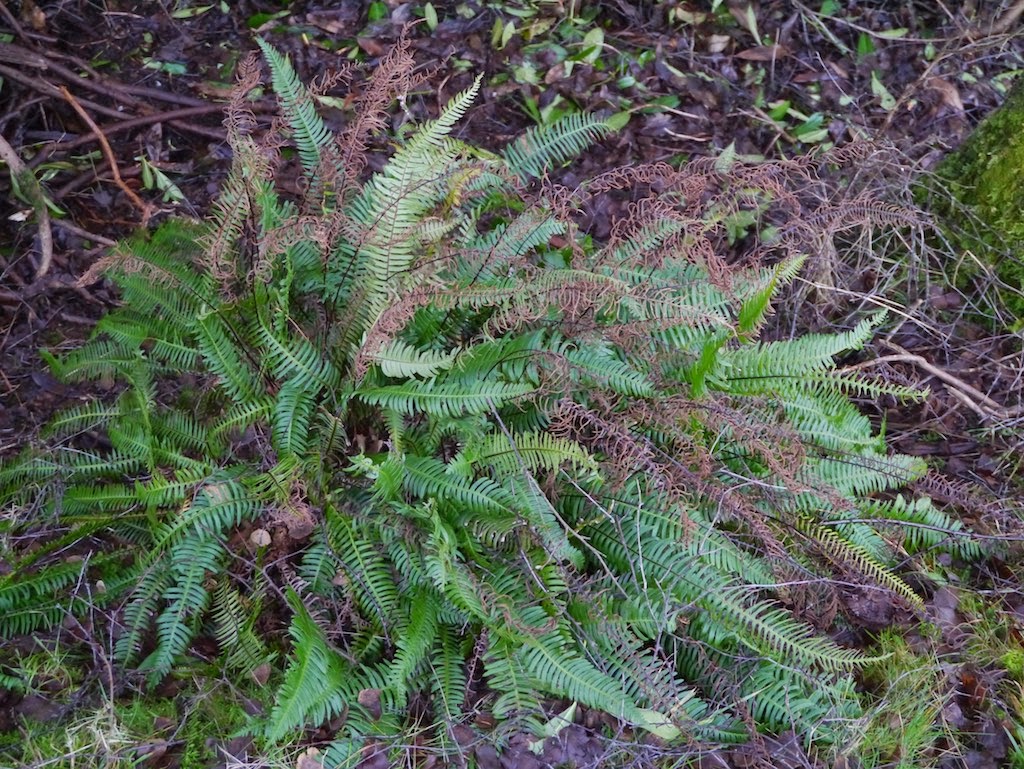This moss is growing on the top of an old fence post at the top of the garden. Because of where it is growing its identity is baffling me. British Bryological Society (BBS) keys take me repeatedly to the Campylopus mosses, and in particular to Campylopus flexuosus/Rusty Swan-neck Moss and to Campylopus subulatus/Awl-leaved Swan-neck Moss. In favour of the former are what BBS describes as "clusters of short-leaved deciduous branchlets ... found at the tip of the shoots".
That's what I think these are:
I took some microscope pics with two different cameras.
 |
In favour of the latter (C.subulatus) are what BBS describes as "deciduous shoot tips" which BBS 'presumes' are the plant's means of spread since capsules are very rare but the broken shoot tips are 'frequent'. See below.
I also took some pics of these much magnified. Quite a few had what looked like roots or rhizoids, like the one in the pic here:
 |
I think the leaves are awl-shaped ---> C.sub
C.flex shoots can grow up to 8cm tall but are, BBS says, "normally much less". C.sub stems can grow to 3cm but are "usually less than this". My sample, scraped off the top of the fence post, is not more than 1cm tall (or 'deep', as I think of it):
 |
Just to help matters along, C.flex is said to typically favour habitats such as open peat, rotting stumps and logs, peaty ledges on wet rocks, wet acidic crags ... and occasionally trees.
C.sub likes open gravelly or sandy places ... river gravels, loch margins and fine gravel in scree.
Fence posts are not mentioned.
At this point in the proceedings, I went and put on my muck boots and a waterproof jacket and went outside for more samples. Here is a sample illustrative of swan-neckiness–the capsules have curvy setae. I'm pretty sure it is Campylopus flexuosus. It grows on a rotting spruce log. I couldn't see any broken shoot tips.
Below is a pic with the mystery moss alongside C.flex from the spruce log. Both C.flex samples have nice clusters of the short-leaved branchlets mentioned above.
 |
| . |
So! As of today and until evidence to the contrary shows up, either from further observations or from more knowledgable people than I am, I'm going with C.subulatus for Fence Post Moss even though there is no mention of it growing on wood, either natural or treated, at all.
Here is a Wiki pic of C.sub:
And, lastly, here is a picture of a Downy Birch seed. It's the light-coloured thing at the bottom of one of the samples above pictured with the millimetre rule. I think bluetits and coaltits eat a lot of these.




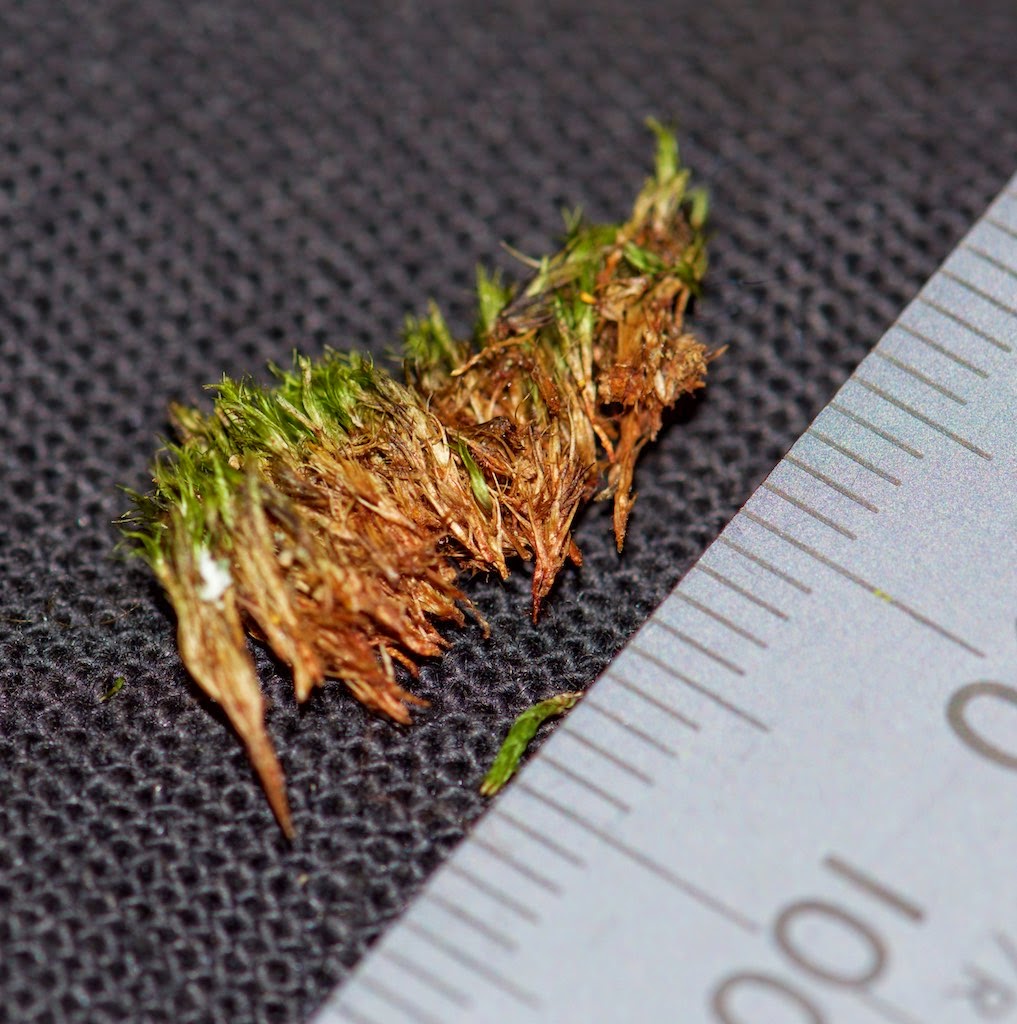




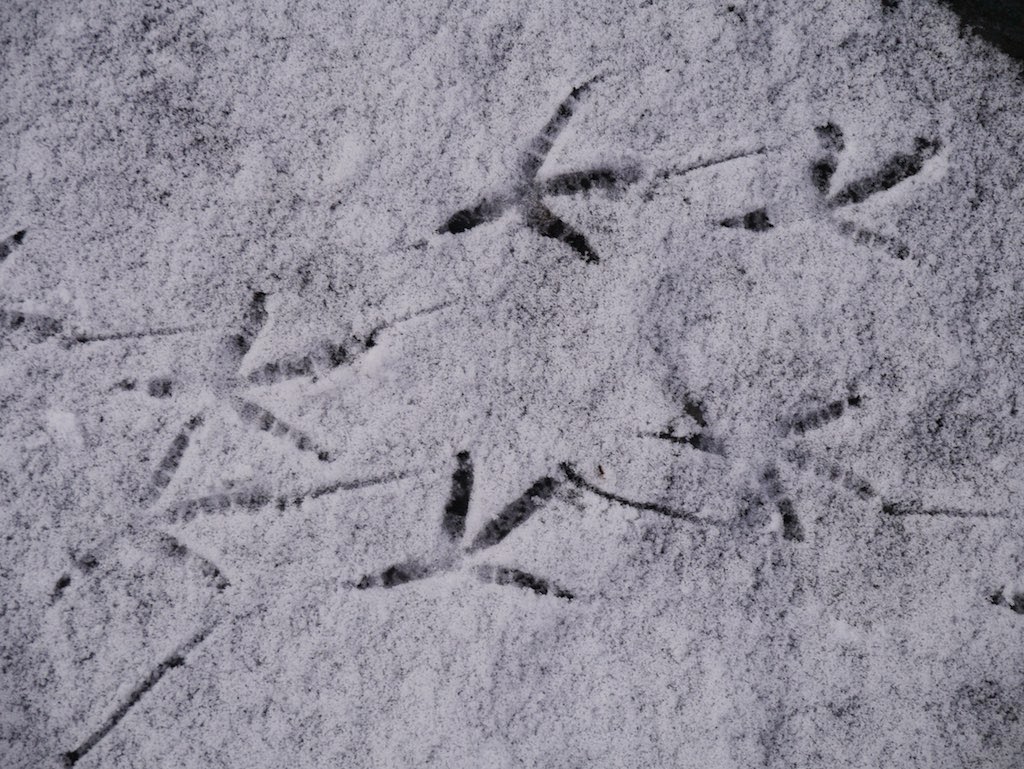
.jpg)
.jpg)
